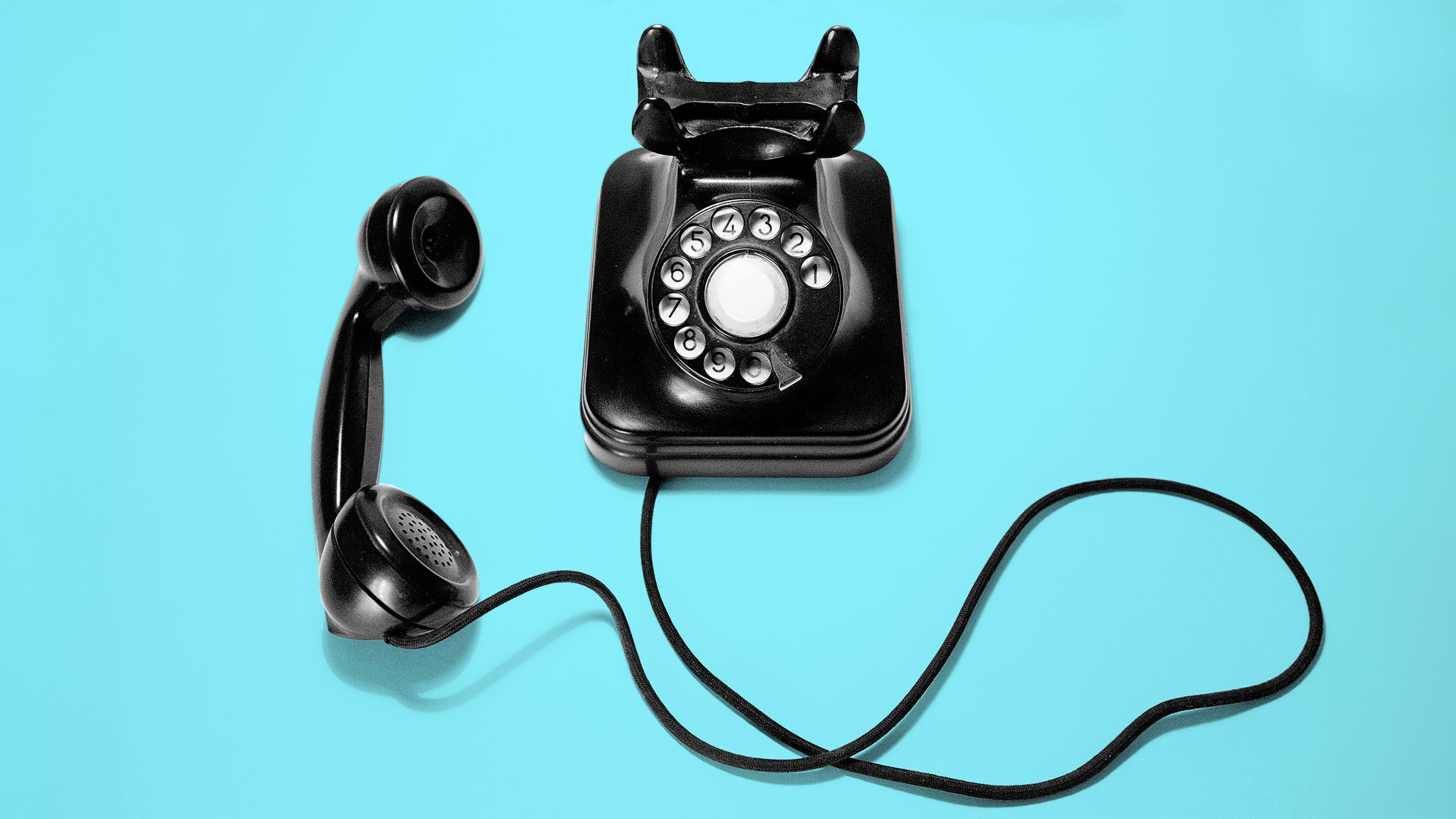Many of us have already traded in our landlines in for the latest iPhone or Google Pixel. But for many others, especially the elderly and those in rural areas, a landline phone is still how they communicate with the outside world. All that might change soon.
To be sure, landline phones are a dying breed. While in 2008, 80% of U.S. households had landline phones; in 2022, that number dropped to just 28.7%, according to data from the Centers for Disease Control (CDC) and Prevention compiled by the site Statista. Given that trend, in late January, AT&T applied for a waiver that would allow the company to stop servicing traditional landline phones in California, specifically those running on older copper-based phone lines.
While that might not seem like a huge deal to the 70% of Americans who currently rely on their cell phones alone, it’s bad news for people in rural communities, where cell phone signals can be spotty and threats of wildfires or other weather-related incidents have been known to knock out power to the area.
Copper phone lines, which AT&T is looking to stop servicing, allow a phone to continue to work even in a power outage. While fiber optic cables can replace the connection in terms of transmitting voice calls, they can’t provide their own electricity, making them useless in emergency scenarios in which power goes out.
Some cell phone towers can also become inoperable during a power outage. Meanwhile, many landline replacements rely on VoIP (Voice over Internet Protocol), which sends calls through your internet connection. That’s great, until those times when your internet is down and you need to make a call.
For some people in rural areas, it can be a matter of life or death.
“In the event of a power outage, people with disabilities might require a landline to access critical support,” Kate Kalcevich, head of accessibility innovation at Fable, a company focused on making digital products more accessible for people with disabilities, tells Fast Company. “For example, if they depend on equipment powered by electricity, such as refrigerated medications, ventilators, feeding machines, oxygen concentrators, etc., it could be life-threatening if they or their caregivers can’t contact emergency services for assistance.”
Reached for comment, an AT&T spokesperson told Fast Company, “Resources we spend on maintaining an antiquated copper network are resources we can’t invest in our networks to help close the digital divide in rural areas.” The spokesperson also added that “less than 7% of households we serve in California use copper-based landline service.”
It has also maintained that communities without viable phone service alternatives aren’t up for having their service eliminated. However, senior policy advocate Tracy Rhine, who works for the Rural County Representatives of California, has pointed out issues in how AT&T is calculating whether or not someone has a viable alternative.
The phone company has argued that Census-designated places can be cut off based on whether or not half the households in an area have cell phones or other alternatives. Critics, including Rhine, say that figure is too low, and that if the standard allows half of any area to lack an alternative, that could leave many people without service.
In rural California, which is particularly susceptible to wildfires, that means that half the households in the area could not only lose access to 911 during an emergency, but those homes also wouldn’t receive any critical evacuation orders, putting their lives at risk.
“Rural communities are the hardest to address because access is something out of their control,” Amruth Laxman, founding partner of 4Voice, a telecom service provider, tells Fast Company. “It isn’t a matter of figuring out how to switch to a newer technology. It’s a matter of having access to newer technology. Rural areas don’t always have access to mobile phone services, fiber optics, or the internet. Without this type of system already in place, they will be left without any type of communication at all.”
The California Public Utilities Commission plans to hold public hearings over the next two months to discuss the issue and determine if it will accept AT&T’s proposal.
Recognize your brand’s excellence by applying to this year’s Brands That Matter Awards before the final deadline, June 7.
Sign up for Brands That Matter notifications here.
